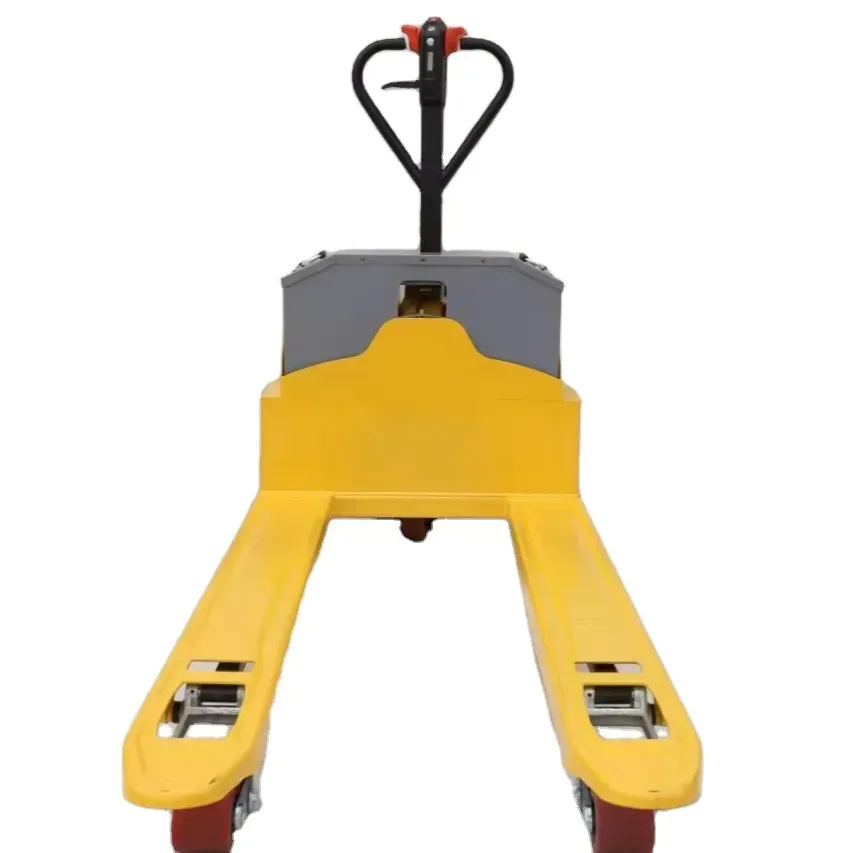


The Design of Pallet Trucks Efficiency in Material Handling
Pallet trucks, also known as pallet jacks or pallet lifts, are essential tools in warehouses, retail stores, and various industries for moving heavy loads with ease. Their design has evolved considerably over the years to improve efficiency, safety, and usability. This article explores the critical aspects of pallet truck design, highlighting key features and innovations that enhance their functionality.
Structural Design
At the core of a pallet truck’s functionality is its structural design, which typically consists of a fork, a handle, and wheels. The forks slide under the pallets, allowing for easy lifting and transportation. Modern pallet trucks are usually made of robust materials like steel, ensuring durability and the ability to withstand heavy loads. The fork design varies, with some models offering adjustable widths to accommodate different pallet sizes. This adaptability is crucial in diverse warehouse environments where pallet specifications can differ.
Ergonomics and User Comfort
Ergonomic design is a significant focus in the development of pallet trucks. Handling heavy loads can be physically demanding, and poorly designed equipment can contribute to worker fatigue and injuries. Many modern pallet trucks come equipped with ergonomic handles that reduce strain on the wrist and provide a better grip. Furthermore, the incorporation of features such as cushioned grips and hydraulic systems that facilitate lifting and lowering reduces the physical effort required to operate the equipment.
Hydraulic Lift Systems

The hydraulic lift mechanism is a pivotal component of pallet truck design. It allows users to lift heavy loads with minimal effort. The hydraulic system utilizes fluid pressure to raise the forks, which not only simplifies the lifting process but also ensures that it can handle varying weights without compromising safety. Advanced models may include features such as adjustable lift heights, allowing for more flexibility in handling different pallet stacks.
Safety Features
Safety is a paramount concern in the design of pallet trucks. With the potential for accidents due to heavy loads and uneven surfaces, manufacturers have integrated several safety features into their designs. These include brake systems to prevent unintended movement when stationary, and reinforced forks that can withstand impact and reduce the risk of breakage. Additionally, many pallet trucks are equipped with reflective markings or bright colors to enhance visibility in busy environments, reducing the risk of collisions.
Innovations in Technology
Recent advancements in technology have opened new avenues for pallet truck design. Electric pallet trucks, for example, have gained popularity due to their ability to reduce manual labor. These trucks often feature powered lift and propulsion systems, allowing users to move and lift pallets effortlessly. Moreover, integrating smart technology into pallet trucks can provide real-time monitoring of load weight and battery life, contributing to more efficient warehouse management.
Conclusion
The design of pallet trucks plays a critical role in enhancing material handling efficiency across various industries. By focusing on structural integrity, ergonomic principles, safety features, and technological innovations, manufacturers are continually improving these essential tools. As businesses increasingly prioritize efficiency and worker safety, the development of advanced pallet truck designs will remain a key component in optimizing logistics and operations. Thus, whether in a small retail environment or a large-scale warehouse, the importance of an effective pallet truck cannot be overstated.



